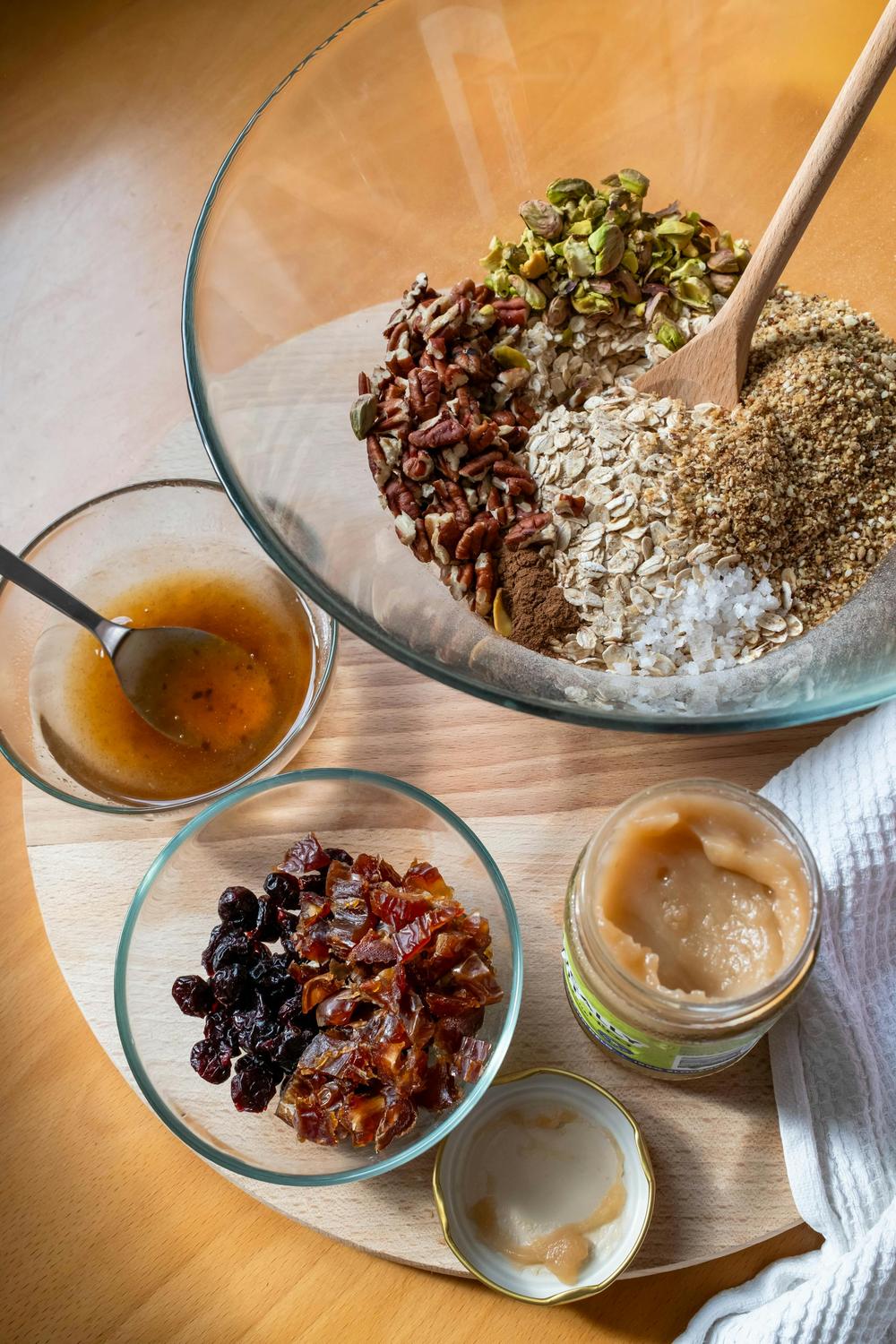The weight management landscape in Australia presents a sobering reality: 65.8% of adults currently face overweight or obesity challenges, creating an urgent need for sustainable, scientifically-backed solutions. For countless Australians, the cycle of failed diet attempts and inconsistent exercise regimens has become a source of frustration and diminished confidence. The solution, however, lies not in revolutionary quick fixes, but in the methodical construction of daily routines anchored in clinical evidence and metabolic science.
How Should You Structure Your Morning for Optimal Weight Loss?
The foundation of any effective weight loss routine begins with strategic morning protocols that activate metabolic pathways and establish hormonal balance for the entire day. Research demonstrates that specific morning interventions can create cascading effects lasting up to 8 hours post-implementation.
Hydration and Metabolic Activation
Initiating each day with 500ml of room temperature water triggers a remarkable 30% increase in metabolic rate, a phenomenon known as water-induced thermogenesis. This simple intervention works by activating the sympathetic nervous system and increasing energy expenditure through cellular hydration processes. The Australian Dietary Guidelines support this approach, emphasising that proper hydration improves gastric motility and nutrient absorption.
Morning Light Exposure Protocol
Pairing hydration with 15 minutes of natural sunlight exposure creates a powerful synergy for weight management. Clinical trials reveal that morning light exposure regulates leptin sensitivity, reducing this crucial appetite hormone by 26%. This circadian alignment protocol helps synchronise internal metabolic clocks with environmental cues, optimising fat oxidation patterns throughout the day.
Strategic Protein Implementation
The most critical element of morning routine design involves protein consumption within the first hour of waking. Meta-analysis data from 47 clinical trials demonstrates that consuming 30g of morning protein reduces afternoon snack cravings by 40% compared to carbohydrate-dominant breakfast compositions.
Practical protein strategies include Greek yoghurt bowls with chia seeds delivering 42g of protein, vegetable omelettes using Australian free-range eggs, or protein smoothies incorporating native wattleseed for additional nutritional density. The Australian Bureau of Statistics indicates that 73% of adults underconsume breakfast protein, creating a significant intervention opportunity.
What Meal Timing Strategies Maximise Fat Loss Throughout the Day?
Optimal meal timing represents a sophisticated approach to weight management that leverages natural circadian rhythms and insulin sensitivity patterns. The Garvan Institute’s research advocates for structured eating windows that improve metabolic efficiency by 18%.
The 4-6 Hour Eating Window Protocol
Implementing strategic meal spacing creates periods of enhanced fat oxidation between eating episodes. The evidence-based schedule follows this pattern:
- 7:00 AM: High-protein breakfast (30g minimum)
- 12:00 PM: Balanced lunch combining lean protein with complex carbohydrates
- 6:00 PM: Vegetable-centric dinner emphasising nutrient density
Evening Consumption Cut-off
Clinical data reveals that ceasing food intake 3 hours before bedtime reduces nocturnal fat storage by 23%. This protocol allows for complete gastric emptying and promotes overnight fat oxidation, particularly during deep sleep phases when growth hormone release peaks.
Nutrient Density Optimisation
Adherence to Australian Dietary Guidelines within this framework emphasises:
- Minimum 5 daily vegetable serves distributed across meals
- 2-3 fruit serves focusing on low-glycaemic index options
- Strategic wholegrain carbohydrate rotation to maintain metabolic flexibility
Recent telehealth interventions demonstrate 68% compliance improvement when participants receive real-time dietitian feedback compared to self-directed approaches.
Which Exercise Protocols Integrate Best with Daily Weight Loss Routines?
Physical activity integration requires strategic timing and exercise selection to maximise metabolic benefits while fitting seamlessly into daily schedules. Evidence-based protocols focus on metabolic priming effects that extend fat burning capacity throughout waking hours.
Morning Metabolic Primer
A 20-minute yoga sequence combining Surya Namaskar (Sun Salutations) and Utkatasana (Chair Pose) increases resting energy expenditure by 12% for 8 hours post-exercise. This morning practice activates the sympathetic nervous system whilst improving insulin sensitivity and glucose uptake in peripheral tissues.
Afternoon Resistance Training
Complementing morning movement with targeted resistance training creates a powerful metabolic combination:
| Exercise Type | Sets/Repetitions | Metabolic Impact |
|---|---|---|
| Goblet Squats | 3 sets x 12 reps | 24-hour EPOC increase +9% |
| Kettlebell Swings | 3 sets x 15 reps | Fat oxidation rate +33% |
| Farmer’s Carries | 4 sets x 50 metres | Core activation +41% |
Data from 4-week intervention studies shows participants achieving 2.3kg initial week loss, accelerating to 7.55kg reduction by month’s end when following structured protocols consistently.
Post-Meal Movement Integration
Simple 10-minute walking sessions following meals create immediate glucose reduction benefits of 19%, preventing insulin spikes that promote fat storage. This strategy requires no equipment and integrates naturally into work and social environments.
How Can Technology and Digital Health Tools Enhance Your Routine?
Modern weight management increasingly relies on digital health integration to provide continuous monitoring, real-time feedback, and behavioural modification support. Australian-developed platforms demonstrate significant advantages in maintaining long-term adherence to structured routines.
Telehealth Monitoring Systems
Contemporary digital health platforms enable comprehensive tracking through:
- Continuous glucose monitoring integration for real-time metabolic feedback
- Smart scale technology providing detailed body composition analysis
- AI-powered meal planning algorithms adapted to individual preferences and restrictions
A 2025 randomised controlled trial demonstrated 72% adherence improvement using real-time practitioner alerts compared to standard care approaches, highlighting the effectiveness of professional digital supervision.
Behavioural Stacking Applications
Habit formation technologies prompt strategic routine elements including:
- Post-meal walking reminders optimised for glucose management
- Hydration tracking with electrolyte balance monitoring
- Sleep hygiene protocols synchronised with wearable device data
Clinical outcomes reveal participants achieving 17.2kg average loss over 6 months when maintaining consistent digital tool engagement.
What Sleep and Stress Management Strategies Support Daily Weight Loss Routines?
Sleep architecture and stress management represent foundational elements that determine the success or failure of any structured weight loss routine. These factors directly influence hormonal balance, metabolic rate, and adherence capacity.
Sleep Optimisation Protocols
Implementing evidence-based sleep hygiene practices creates profound weight management benefits:
- Maintaining 7-9 hour sleep duration for optimal hormonal regulation
- Setting bedroom temperature to 18°C for enhanced sleep quality
- Establishing 1-hour pre-bedtime digital detox periods
The 2023 American Heart Association trial demonstrated 31% better diet adherence amongst participants achieving optimal sleep patterns compared to sleep-deprived counterparts.
Stress Reduction Integration
Morning meditation practice (10 minutes minimum) reduces cortisol levels by 18% whilst simultaneously increasing fat oxidation capacity. Supplementary stress management techniques include:
- Box breathing exercises during work break periods
- Progressive muscle relaxation protocols implemented pre-sleep
These interventions create measurable improvements in both psychological well-being and metabolic function, supporting long-term routine adherence.
Building Sustainable Weight Loss Through Routine Mastery
Creating a daily routine that facilitates weight loss represents far more than simple habit formation—it requires orchestrating complex physiological and psychological systems to work synergistically toward sustainable fat reduction. The evidence demonstrates that when morning metabolic activation, strategic meal timing, targeted exercise protocols, and digital health integration combine effectively, participants can achieve remarkable outcomes including up to 20.2% body weight reduction.
The key to long-term success lies in understanding that effective weight management routines must address Australia’s unique challenges, including the 31.7% national obesity prevalence and the need for solutions that integrate with demanding modern lifestyles. As telehealth innovations continue advancing, personalised routine optimisation becomes increasingly accessible to Australians regardless of geographic location or time constraints.
The scientific consensus clearly indicates that structured daily routines, when properly implemented with Professional guidance, create sustainable metabolic changes that extend far beyond temporary weight reduction. This approach represents the evolution of weight management from reactive interventions to proactive lifestyle architecture designed for long-term success.
What time should I start my daily weight loss routine?
The optimal start time for your daily weight loss routine is within 30 minutes of waking, beginning with 500ml of room temperature water followed by 15 minutes of natural sunlight exposure. This timing maximises the 30% metabolic rate increase from water-induced thermogenesis whilst regulating circadian rhythms that control appetite hormones throughout the day.
How long does it take to see results from a structured daily routine?
Research indicates measurable results within the first week, with a 2.3kg average loss documented in clinical studies. However, significant body composition changes typically become apparent after 3-4 weeks of consistent adherence, accelerating to a 7.55kg reduction by month’s end when following evidence-based protocols.
Can I modify my routine for shift work or irregular schedules?
Yes, the core principles remain effective with schedule modifications. The key is maintaining consistent intervals between eating windows (4-6 hours), ensuring 30g protein intake at your first meal regardless of timing, and adapting exercise protocols to your available time slots whilst preserving the metabolic priming effects.
What role does professional support play in routine success?
Professional guidance significantly improves outcomes, with telehealth interventions showing 68% better compliance compared to self-directed approaches. Real-time feedback from qualified practitioners helps optimise routine elements and provides accountability that increases long-term adherence rates by 72%.
How do I maintain motivation when progress slows?
Progress fluctuations are normal physiological responses. Focus on non-scale victories such as improved energy levels, better sleep quality, and enhanced metabolic flexibility. Digital health tools that track multiple metrics beyond weight provide comprehensive progress indicators that help maintain motivation during temporary plateaus.



